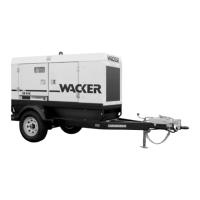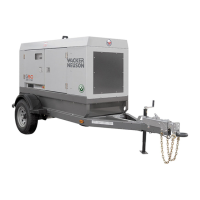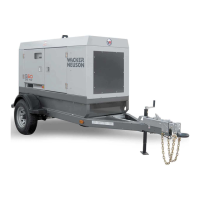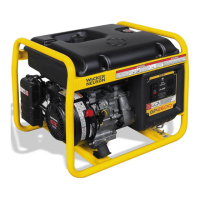G 14 Safety Information
wc_si000337gb.fm 13
1.5 Towing Safety
Hitch and
coupling
Before towing, follow the instructions below to ensure that the hitch and coupling
are ready for use.
Check that the hitch and coupling on the vehicle are rated equal to, or greater
than, the trailer’s Gross Vehicle Weight Rating (GVWR).
Inspect the hitch and coupling for wear or damage. DO NOT tow the trailer
using defective parts.
Make sure the coupling is securely fastened to the vehicle.
Connect the safety chains.
Connect the breakaway cable safety hook to the bumper or rear of the vehicle.
Do not attach the breakaway cable to the vehicle hitch.
Tires and
wheels
Before towing, follow the instructions below to ensure that the tires and wheels are
ready for use.
Check the tires on the trailer for tread wear, proper inflation, and condition.
Replace worn tires.
Check that the lug nuts holding the wheels are tight and that none are missing.
Brakes and
lights
Before towing, follow the instructions below to ensure that the brakes and lights are
ready for use.
Test the surge brakes on the trailer.
Test the brakes on the vehicle that will be used for towing.
Make sure directional and trailer lights are connected and working properly.
1.6 Guidelines for Service Safety
Personal
Protective
Equipment
(PPE)
Wear the following Personal Protective Equipment (PPE) while servicing or
maintaining this machine:
Close-fitting work clothes that do not hinder movement
Safety glasses with side shields
Hearing protection
Safety-toed footwear
In addition, before servicing or maintaining the machine:
Tie back long hair.
Remove all jewelry (including rings).
WARNING
Towing a large trailer requires special care. To reduce the possibility of an accident:
f Both the trailer and vehicle must be in good condition.
f The trailer and the vehicle must be securely fastened to each other.
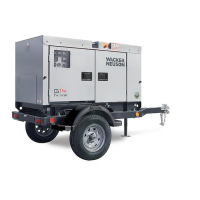
